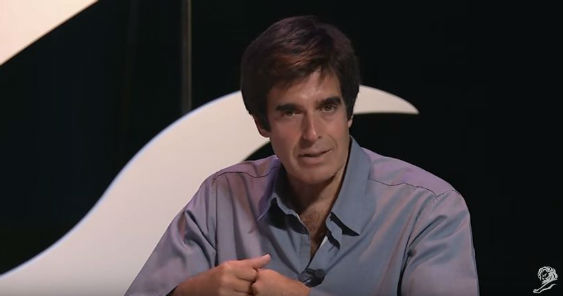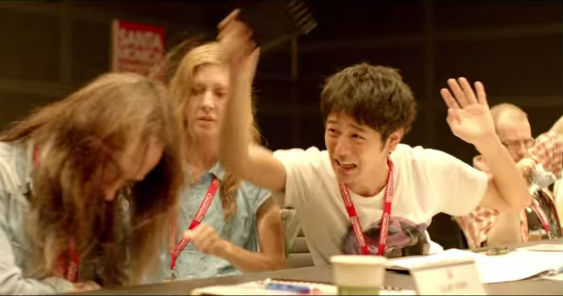ASIA-PACIFIC – VIETNAM, DECEMBER 27, 2011: Electrolux, one of the largest home appliance manufacturer in the world, signed up BBDO Vietnam to handle all of its branding and marketing communications in Vietnam for the coming year after winning against Lowe and the company’s incumbent agency, Ogilvy.
For two years, the Swedish home appliance manufacturer has been working with BBDO Vietnam but it has been only now that Electrolux made the agency its agency-of-record.
“We’d been working with BBDO for the last two years, and were pleased with their originality and creativity. The work has really helped set Electrolux apart from our competitors. They were spot on with regards to the brief and strategy, and we’re glad to appoint them as our creative agency”, said Lynn Ong, General Manager, Electrolux Vietnam Ltd.
“We’re delighted to be officially named Electrolux’s agency. It’s a prestigious brand, offering good opportunities for great work. And the Electrolux team is brilliant to work with,” said David Smail, Chairman and Executive Creative Director of BBDO Vietnam.
Established in 2007, BBDO Vietnam ends the year with 35% growth in the company including the PepsiCo win.
Sponsor




